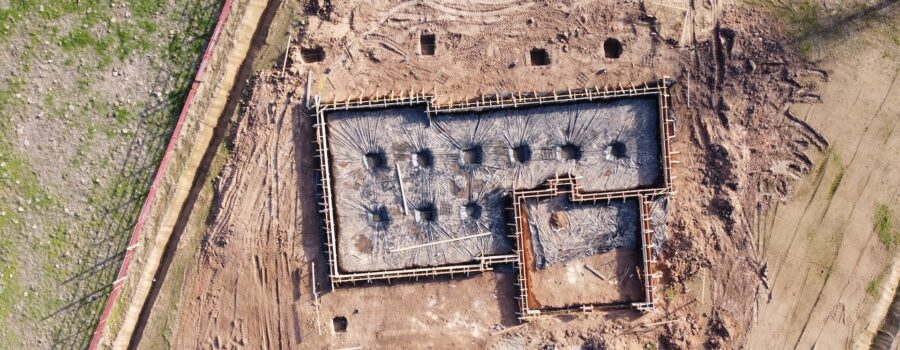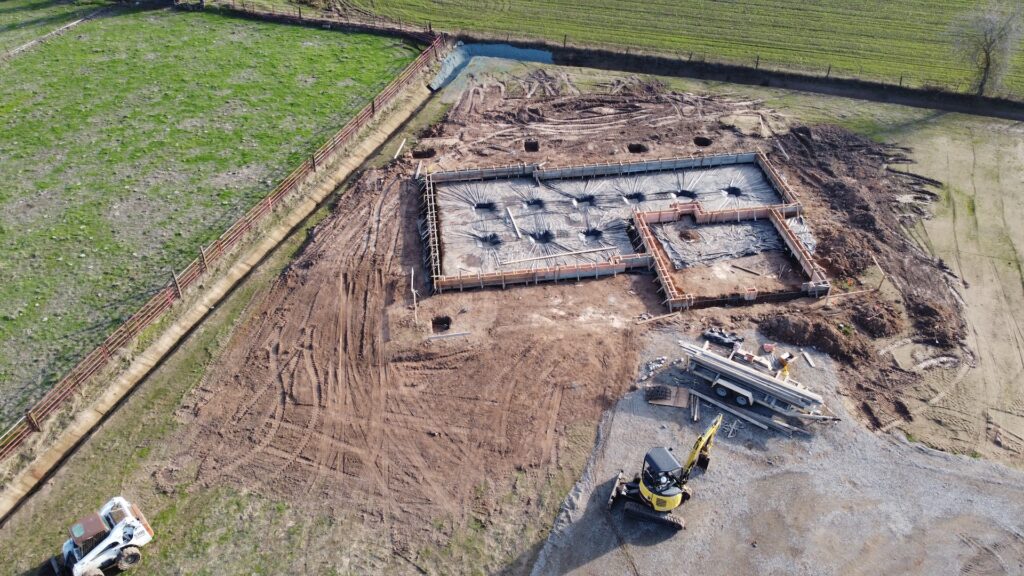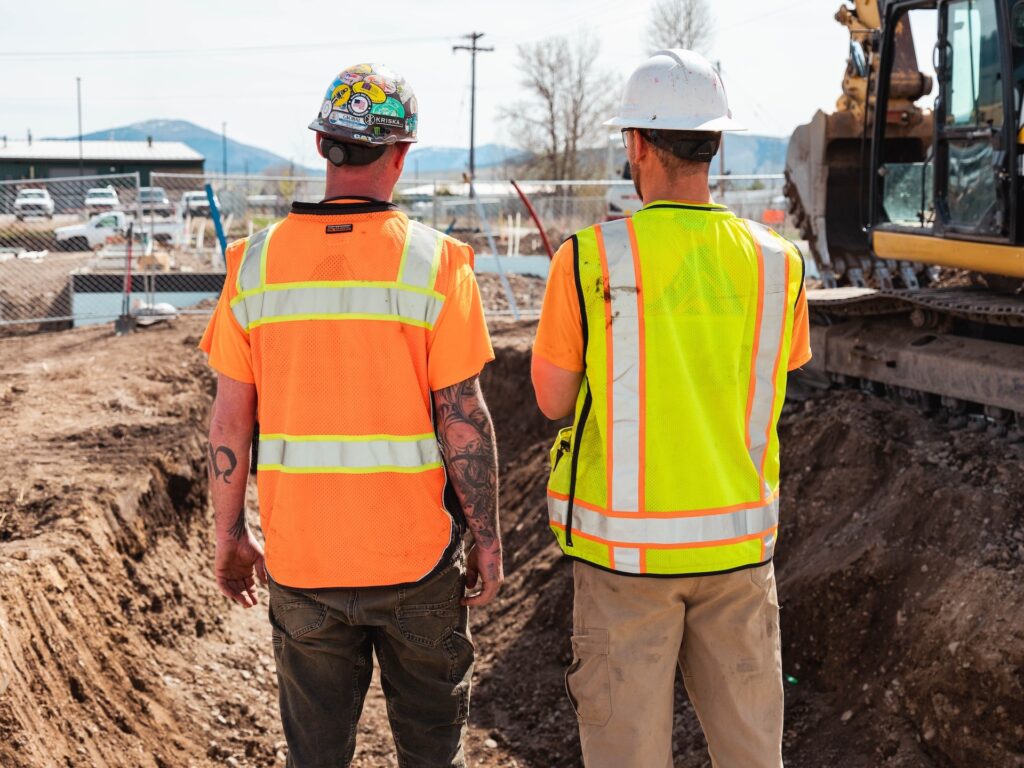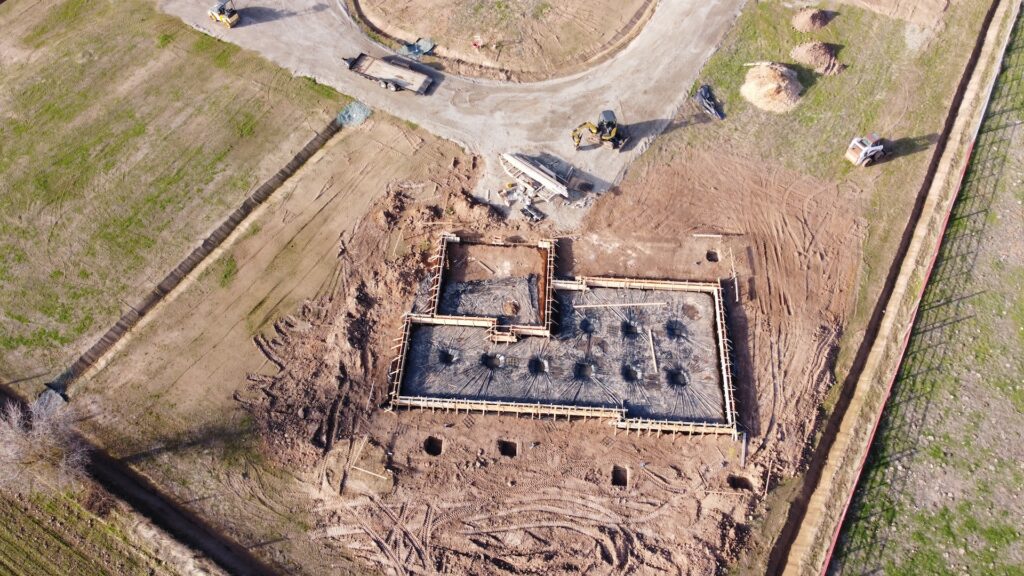
A Comprehensive Guide to House Foundation Types: Choosing the Right Base for Your Home
Building a home is an intricate process that involves numerous decisions, each crucial to the overall well-being of the structure. At the core of this intricate web lies a fundamental choice – the type of foundation on which the entire house will stand. Your home’s foundation is more than just a structural support; it’s the bedrock of its longevity, stability, and resilience against the elements.
In this comprehensive guide, we journeyed through the diverse world of house foundation types, exploring the intricacies that make each unique. Whether planning a new construction or seeking to understand your existing home’s structural support system, the knowledge of foundation types is paramount. This understanding not only aids in routine maintenance but also equips you to address potential issues promptly, ensuring your home stands strong for years to come.
Choosing the right foundation design and material is pivotal beyond mere aesthetics. It influences your home’s safety, resilience against natural elements, and even its resale value. Join us as we delve into the various house foundation systems, unraveling the benefits and drawbacks of each to help you make informed decisions tailored to your home’s unique requirements.
In the following sections, we will explore the intricacies of common foundation types, discuss their suitability for different climates and conditions, and provide insights into the factors that influence the choice of one over the other. Whether you want the cost-effectiveness of crawl spaces, the simplicity of poured concrete slabs, or the versatility of full basements, this guide aims to empower you with the knowledge needed to make the right foundation choice for your home. So, let’s dig deep and lay a solid foundation for your understanding of house foundation types.

Types of House Foundation Systems
When it comes to building a home, the choice of foundation is a critical decision that involves balancing factors like climate, cost, design style, and environmental considerations. Each foundation type has its unique set of benefits and drawbacks, making it essential to align your choice with the specific needs of your home. Let’s explore the most common types of house foundation systems:
- Crawl Space Foundation: Crawl Space Foundation is a cost-effective and elevated option, consisting of short foundation walls on footings, creating a space beneath the home. It is ideal for warmer climates and earthquake-prone areas, offering durability in high-groundwater areas. However, it provides minimal protection from storms and comes with drawbacks such as limited storage options, the need for moisture control, and potential ventilation issues.
- Poured Concrete Slab: Poured Concrete Slab involves pouring a single, large concrete slab directly on the ground, providing affordability and durability. Suitable for areas with minimal frost, shallow depth, and no need for a crawl space or basement, it dries quickly, is cost-effective, and resistant to termites and mold. However, it offers limited access to plumbing and electrical components, minimal protection from floodwater, and no additional storage.
- Full Basement: Full Basement, the steepest foundation type, features tall concrete walls that provide ample space for storage, living, or utilities. Common in colder climates and areas prone to severe weather, it offers versatile living space, fire resistance, and improved HVAC efficiency. However, it has drawbacks like limited natural light, high cost, and significant maintenance requirements.
- Slab-on-Grade: Slab-on-Grade involves pouring a concrete slab on a level area, making it cost-effective and sturdy without a crawl space or basement. It is quick to construct and resistant to insects but lacks added storage or living space, is at risk of cracking, and has encased pipes in concrete.
- Insulated Concrete Foundation (ICF): Insulated Concrete Foundation (ICF) is a durable option that uses high-density foam suitable for earthquake- and hurricane-prone areas. Offering energy efficiency and insect and rodent resistance, it withstands natural disasters. However, it may lead to potentially higher indoor humidity, requires proper curing, and can be challenging to renovate.
- Pier and Beam: Pier and Beam feature concrete pads along the perimeter with vertical posts, which are suitable for areas with shifting soil or flooding risks. While it displaces weight and is safe for weak topsoil, it requires ongoing maintenance, has higher construction costs, and is vulnerable to rodents.
- Concrete Panels: Concrete Panels are off-site manufactured panels for faster installation, suitable for repetitive designs. With faster installation, design flexibility, and built-in insulation, they come with higher upfront costs and may need additional insulation, making them more suited for commercial construction.
- Wood Foundation: Wood Foundation, a cost-effective and easy-to-assemble option constructed with pressure-treated lumber, is less popular today and susceptible to rot and insect damage.
- Stone Foundation: Stone Foundation, known for strength and longevity, is less common today due to high materials and labor costs, offering durable and long-lasting support.
Understanding the nuances of each foundation type empowers homeowners to make informed decisions based on their specific needs and environmental considerations.

How to Choose a Foundation Type for Your Home
Selecting the right foundation type for your home is a crucial decision involving considering various factors. Since there is no one-size-fits-all approach to foundations, evaluating your needs, local climate, budget constraints, and design preferences is essential. Here’s a comprehensive guide on how to choose the most suitable foundation type for your home:
Climate
Different foundation types are better suited to specific climates. Basement foundations provide warmth and additional space for colder climates, while concrete slabs are ideal for warmer regions. Basement foundations, prevalent in areas prone to freezing temperatures, offer insulation and protection against the cold.
Cost
Your budget plays a significant role in choosing the proper foundation. Some foundation types are more cost-effective than others, and considering your financial constraints is crucial. Slab-on-grade foundations, known for their cost-effectiveness, are famous for homeowners with budget considerations.
Design Style
Different foundation types offer distinct aesthetics, and your choice should complement your home’s design style. Full basements provide versatile living space but may lack natural light. Consider this when choosing if a well-lit space is essential to your design preferences.
Environment
Your lot characteristics, including slope, soil conditions, and water table levels, impact the suitability of certain foundation types. Crawl space foundations are suitable for areas with elevated groundwater levels, providing durability in such environments.
Key Features
Identify the specific features you want your foundation to offer, such as additional living space, easy access to utilities, or energy efficiency. Insulated Concrete Foundations (ICFs), known for their energy efficiency, are suitable for homeowners prioritizing sustainability.
With these considerations in mind, you can now explore the various foundation types to find the one that best aligns with your needs. Whether you prioritize cost-effectiveness, durability, or environmental considerations, understanding these factors will guide you toward the foundation type that complements your lifestyle and ensures your home’s long-term stability.

Conclusion
Choosing the right foundation type for your home is a critical decision that impacts its longevity, maintenance, and overall structural integrity. The diverse house foundation systems discussed in this comprehensive guide allow homeowners to make informed choices based on climate, budget, and lot characteristics.
Whether you prioritize cost-effectiveness with a concrete slab, seek additional living space with a full basement, or prioritize durability against natural disasters with insulated concrete forms, each foundation type has its benefits and drawbacks.
Remember, there is no one-size-fits-all solution. The foundation you select should align with your lifestyle, home design, and the unique environmental conditions of your locality. Regular maintenance and proactive measures are crucial for preserving the stability of your chosen foundation.
By understanding the functions, advantages, and challenges of various foundation types, you empower yourself to make well-informed decisions for your home’s structural support system. For any concerns or specific questions about your home’s foundation, consulting with a professional can provide valuable insights tailored to your circumstances.
Ensure the foundation you choose meets your immediate needs and contributes to your home’s long-term safety, comfort, and value. With this knowledge, you embark on a journey to build or maintain a house with a robust and reliable foundation, securing a solid base for years to come.

Jason Somers, President & Founder of Crest Real Estate
With over 15 years of professional experience in the Los Angeles luxury real estate market, Jason Somers has the background, judgement and track record to provide an unparalleled level of real estate services. His widespread knowledge helps clients identify and acquire income producing properties and value-ad development opportunities.
Learn more about Jason Somers or contact us.



